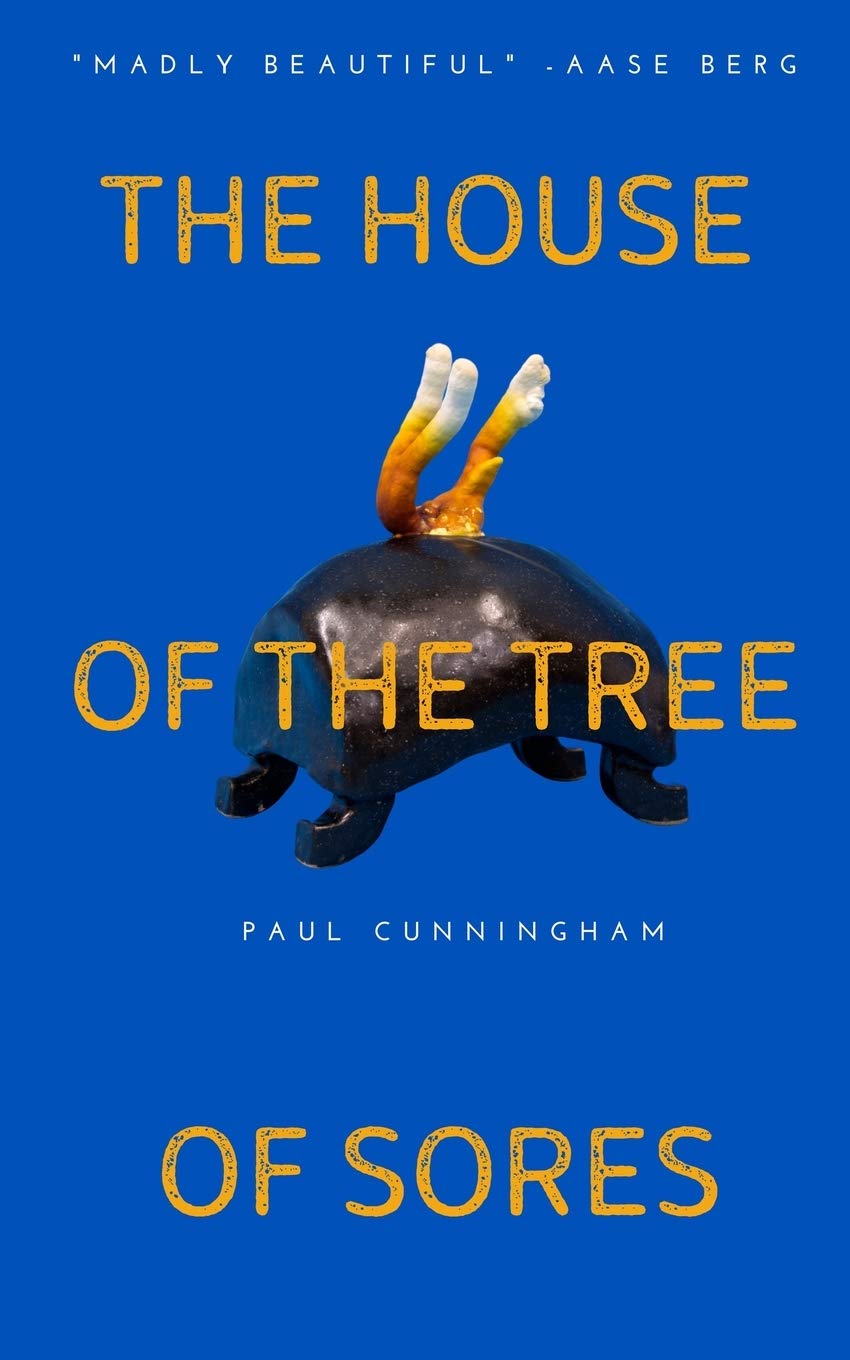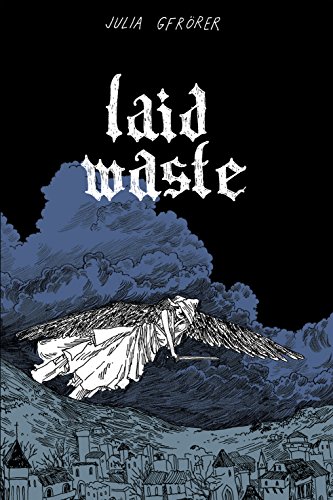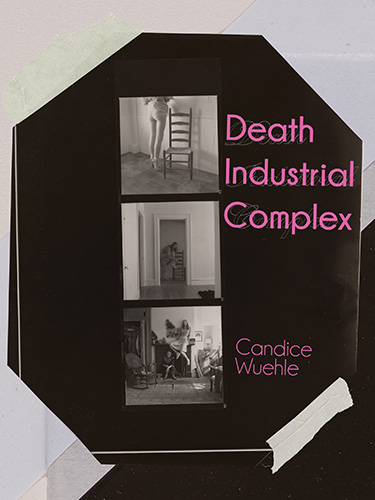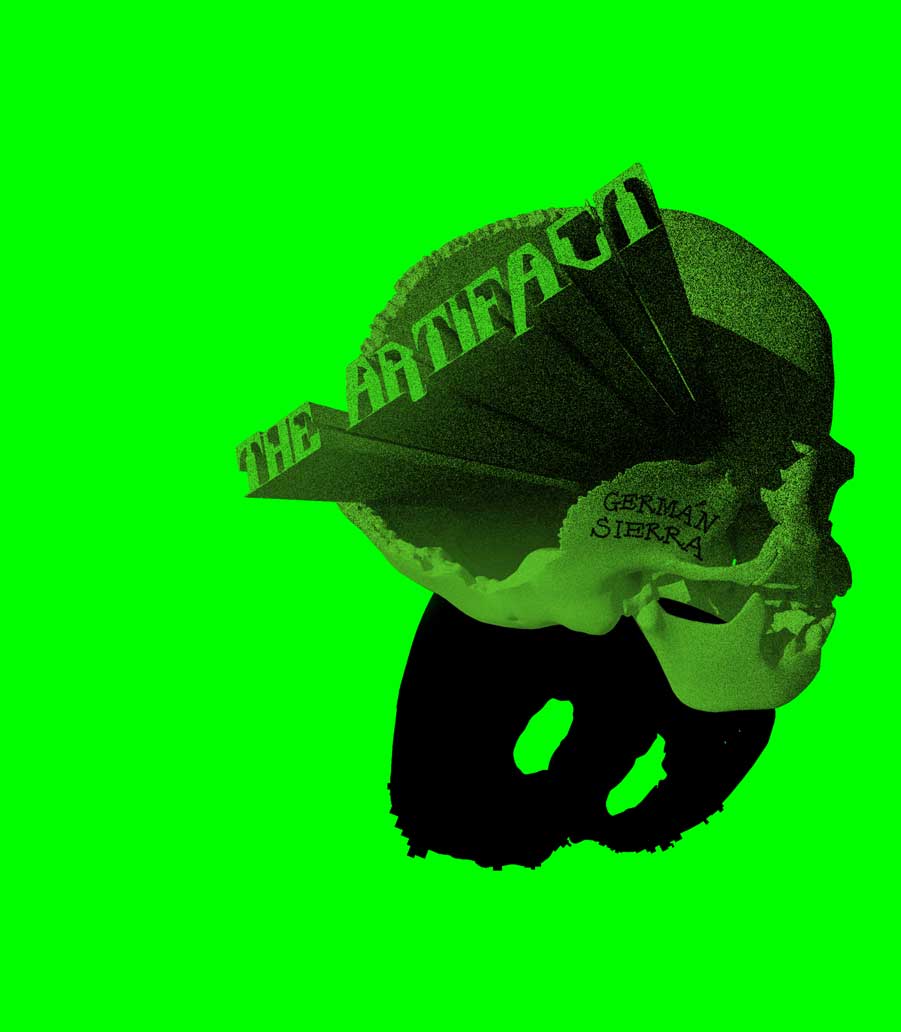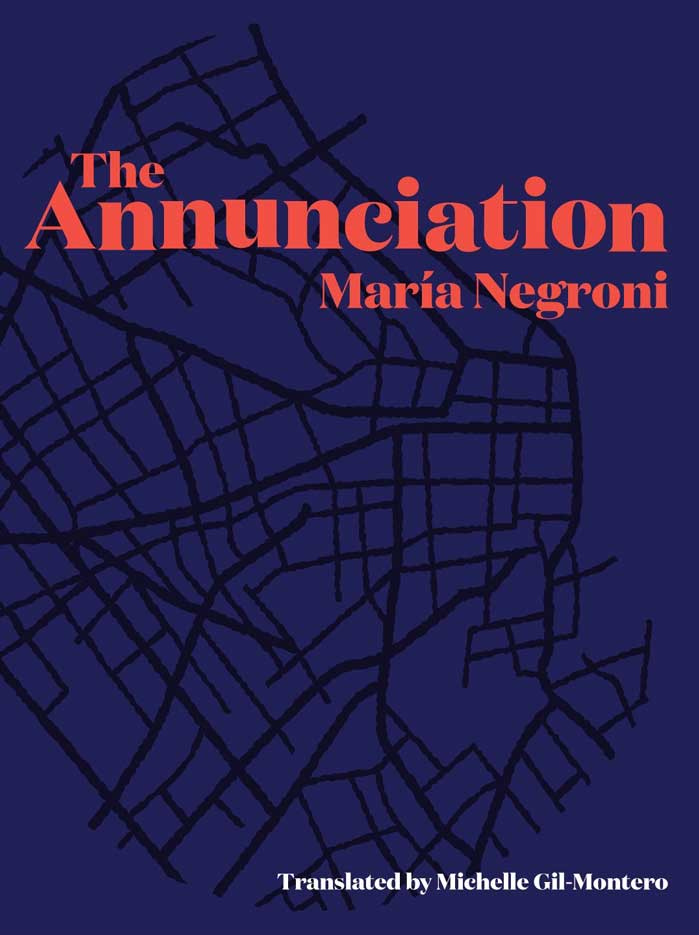Evening Signals is a monthly column by James Pate, exploring the Baroque, the Gothic, the Weird and the Fantastique in contemporary poetry and fiction.
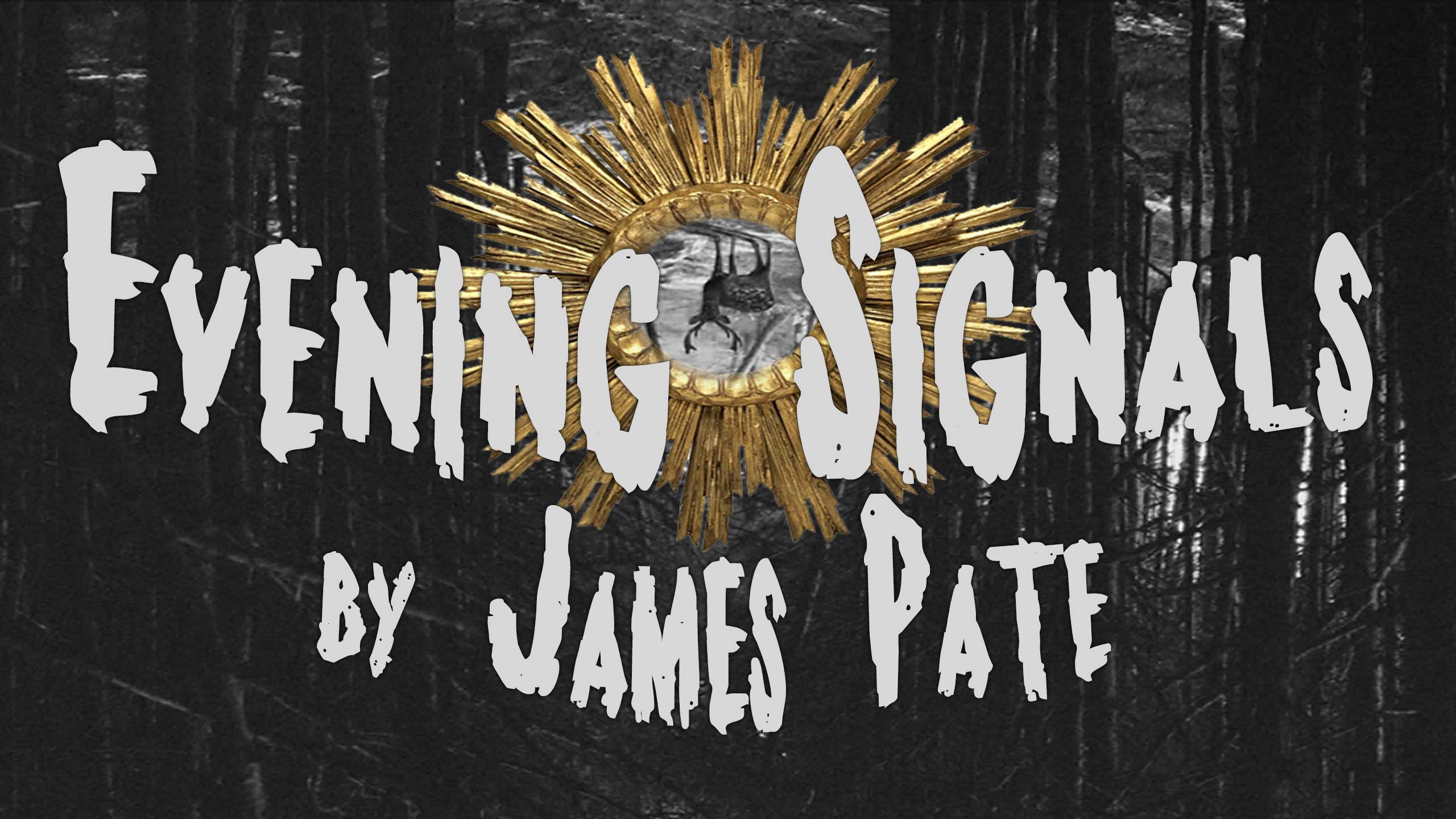
Evening Signals is a monthly column by James Pate, exploring the Baroque, the Gothic, the Weird and the Fantastique in contemporary poetry and fiction.
Review of Paul Cunningham’s “The House of the Tree of Sores”
Evening Signals is a column by James Pate exploring the Baroque, the Gothic, the Weird, and the Fantastique in contemporary poetry and fiction: this month he examines uncanniness in Paul Cunningham's debut poetry collection.
Review of Julia Gfrörer’s “Laid Waste” and “Vision”
Evening Signals is a column by James Pate exploring the Baroque, the Gothic, the Weird, and the Fantastique in contemporary poetry and fiction. Investigating angels of death, mirrors, and graphic novels, Pate explores two titles from Julia Gfrörer: Laid Waste and Vision.
James Pate’s Evening Signals: Candice Wuehle’s “Death Industrial Complex”
"We talk about cult movies, even cult books, as having a “cult following” in order to describe the passionate but relatively small fan base of that work; and yet buried in that phrase is the notion of the cult – that group who has torn itself away from consensus reality to form their own counter reality." — James Pate
James Pate’s Evening Signals: Germán Sierra’s “The Artifact”
"Here, fiction is never used to illustrate theory. Rather, the concepts are expressed in language so particular, and in circumstances that create such specific moods and ambiences, that to try to extract the theory from the fiction leads to a reductive misreading of the text. " - James Pate
James Pate’s Evening Signals: Maria Negroni’s “The Annunciation”
"[U]nlike a more mainstream novel, this isn’t a novel of hard-won wisdom and gentle epiphany, but a work of mirrors and lists and fever dreams and manic monologues, with no sense of closure in sight." - James Pate
James Pate’s Evening Signals: Mariana Enriquez’s “Things We Lost in the Fire”
James Pate examines Mariana Enriquez's Things We Lost in the Fire (Penguin Random House): ."the literal and symbolic collapse into one another..."
Review of Paul Cunningham’s “The House of the Tree of Sores”
Evening Signals is a column by James Pate exploring the Baroque, the Gothic, the Weird, and the Fantastique in contemporary poetry and fiction: this month he examines uncanniness in Paul Cunningham's debut poetry collection.
Review of Julia Gfrörer’s “Laid Waste” and “Vision”
Evening Signals is a column by James Pate exploring the Baroque, the Gothic, the Weird, and the Fantastique in contemporary poetry and fiction. Investigating angels of death, mirrors, and graphic novels, Pate explores two titles from Julia Gfrörer: Laid Waste and Vision.
James Pate’s Evening Signals: Candice Wuehle’s “Death Industrial Complex”
"We talk about cult movies, even cult books, as having a “cult following” in order to describe the passionate but relatively small fan base of that work; and yet buried in that phrase is the notion of the cult – that group who has torn itself away from consensus reality to form their own counter reality." — James Pate
James Pate’s Evening Signals: Germán Sierra’s “The Artifact”
"Here, fiction is never used to illustrate theory. Rather, the concepts are expressed in language so particular, and in circumstances that create such specific moods and ambiences, that to try to extract the theory from the fiction leads to a reductive misreading of the text. " - James Pate
James Pate’s Evening Signals: Maria Negroni’s “The Annunciation”
"[U]nlike a more mainstream novel, this isn’t a novel of hard-won wisdom and gentle epiphany, but a work of mirrors and lists and fever dreams and manic monologues, with no sense of closure in sight." - James Pate
James Pate’s Evening Signals: Mariana Enriquez’s “Things We Lost in the Fire”
James Pate examines Mariana Enriquez's Things We Lost in the Fire (Penguin Random House): ."the literal and symbolic collapse into one another..."
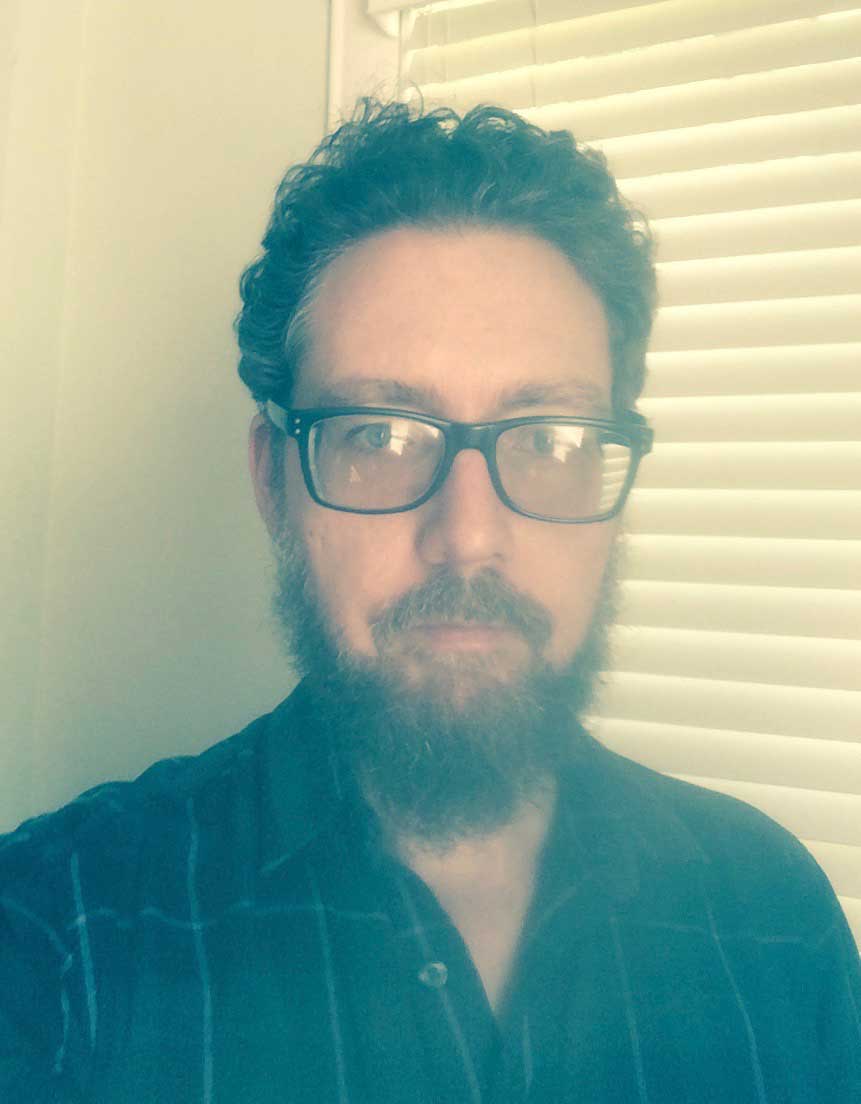
About the Author
James Pate teaches creative writing, literature and philosophy at Shepherd University. His books include The Fassbinder Diaries (CCM, 2013), and Flowers Among the Carrion (Action Book Salvo Series, 2016). His work has appeared in 3:AM Magazine, Black Warrior Review, Burning House Press, Blue Mesa Review, Berkeley Fiction Review, and Occulum, among other places.
